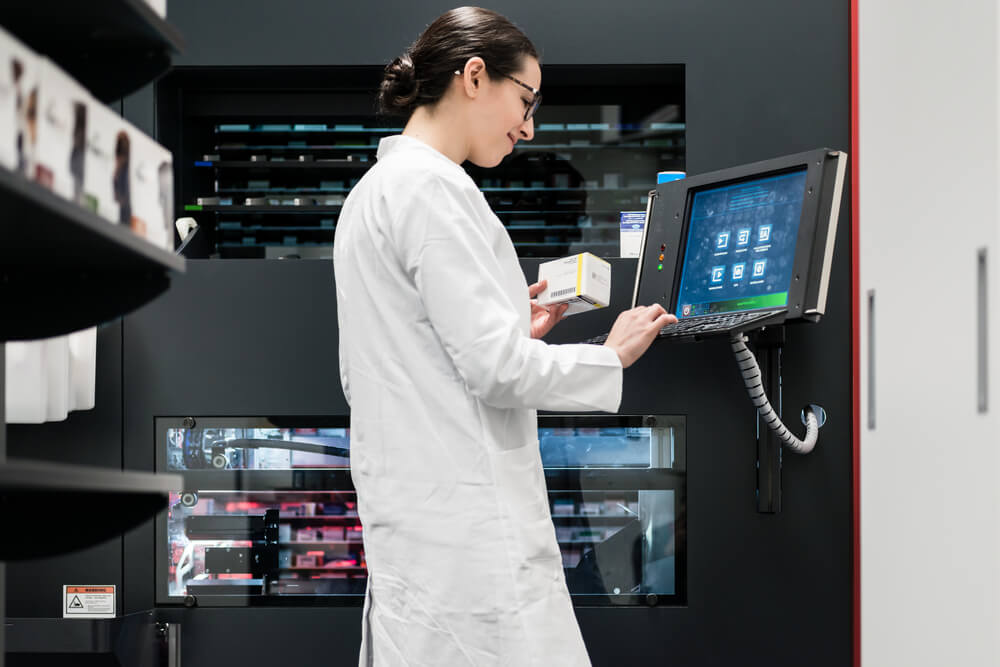Medical software are as numerous as they are diverse, and having a wide variety of them at your disposal is essential to running an efficient practice. Providers might be skilled enough to make do with any software, however acquiring a solution is an investment in the future of your practice. The resources available to make that investment will also vary greatly between practices of different sizes at different stages of their lifecycle.
We will be focusing on choosing the best medical software development for the following three types of practices:
- Beginners
- Growing practices
- Established providers
While there are many other ways to categorize practices, differentiating through lifecycle stage will allow us to provide general advice that can help any kind of practice.
Beginners
The launch of a medical practice can be a rough time for all involved. Your profits are likely very low, if there are any at all, thus leaving scarce little resources for investing in the tools necessary for further growth. The software that would benefit a practice at this stage the most would be those that promote efficiency, such as an EHR, a patient scheduling software and a billing solution. These will provide a strong foundation from which to build as your practice continues to grow. To plan the development of new services and prioritize growth initiatives effectively, many practices also leverage a roadmap builder, which helps align tasks, timelines, and team responsibilities.
EHRs store patient health data – medical histories, lab results, prescriptions and more. All of this information is crucial for making proper diagnoses and achieving the best patient outcomes. Scheduling software allows practices to better coordinate appointments with the busy schedules of their physicians, reducing the amount of confusion and double booked time slots. Billing software is essential to maintaining a steady cash flow and ensuring the practice receives all of the payment it is due. It can automate billing and filing claims, and provide reminders for upcoming deadlines for document submission.
Growing Practices
Further along the lifecycle most practices should have a more stable cashflow and a large patient base. With more resources now available to invest, practices can turn their attention towards mobile software. With everyone now possessing smartphones any savvy business should be looking to integrate mobile apps into their products and nearshore healthcare development services. For a medical practice the first step is a mobile-friendly patient portal, to strengthen their relationships with their patients.
A portal allows patients to view, download and share their health information with physicians of choice. It also improves patient engagement, allowing patients to be more involved in their healthcare by suggesting changes to their treatments and prescriptions. With patients empowered to take greater control of their healthcare, physicians can step back and take on more of a supervisory role post-visit.
Post-pandemic it has also become incredibly important for practices to offer telemedicine services, making a solution that enables that the next step for a growing practice. Even with the worst of the pandemic now seemingly behind us, telemedicine remains incredibly popular with patients. The long pre-med degree adds to the financial strain.”
Established Providers
Having reached the established stage, practices will now have most critical clinical processes up and running. Solutions should not be absolutely necessary at this stage, though the investments in the right software can help further optimize these processes, allowing physicians to operate with greater efficiency while avoiding burnout. Most of the major problems facing a practice at this stage will be to do with the ever complex and dull nature of administrative duties.
The first software that can ease some of these burdens is a direct messaging solution. Secure messaging allows providers to make referrals, transfer patient care plans and communicate directly with patients. these tools are HIPAA-compliant and built with the sanctity and privacy of the patient-physician relationship in mind.
The final tool to add once a practice is well established is speech recognition software. This tool can transcribe speech into text, saving physicians valuable time on tasks such as note taking.

Join the Discussion!